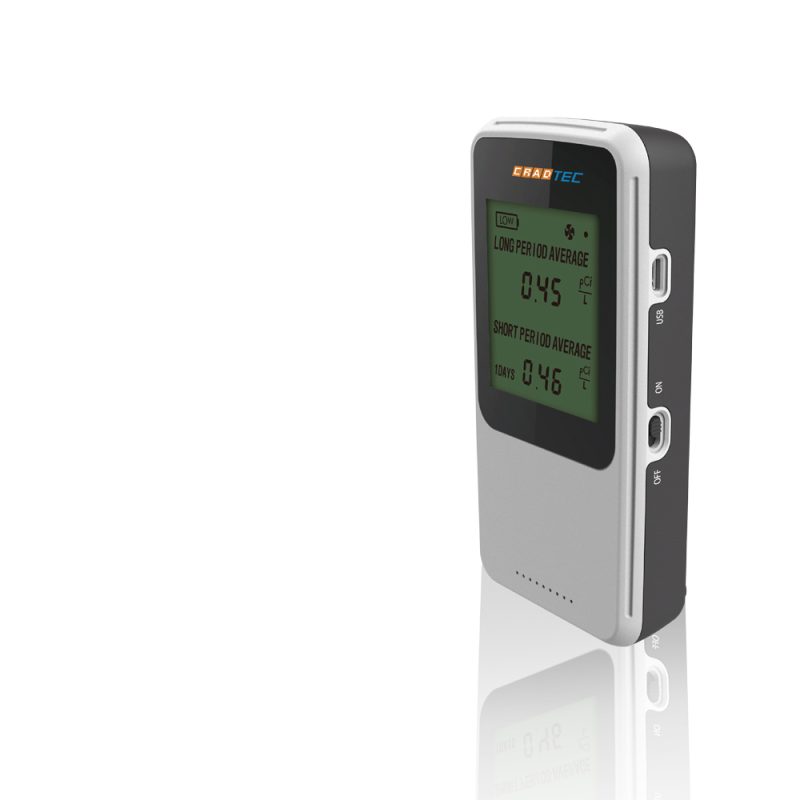About Radon, Knowledge
Radon Detection in Real Estate Transactions
The discovery of radon, a colorless, odorless radioactive gas that poses significant health risks, has transformed the landscape of real estate transactions. Radon is a decay product of uranium found naturally in soil, and it can accumulate in homes to levels that increase the risk of lung cancer. Recognizing the importance of indoor air quality, radon detection has become a critical step in the process of buying or selling a property. This article explores the role of radon testing in real estate transactions, the implications for buyers and sellers, and best practices for addressing radon issues.
Importance of Radon Testing in Real Estate
Radon testing in real estate transactions is vital for several reasons:
- Health Safety: Ensuring the property is safe from high levels of radon is paramount for the health of future occupants.
- Informed Decisions: Radon testing provides buyers with crucial information, enabling them to make informed decisions about their investment.
- Legal and Financial Protection: Some jurisdictions require radon disclosure as part of real estate transactions, protecting buyers and sellers from future legal and financial liabilities.
Testing for Radon During Real Estate Transactions
Radon testing should be conducted as part of the home inspection process before finalizing a real estate transaction. Buyers should request radon testing, and if sellers have not already done so, they might consider conducting tests to proactively address any issues. There are two types of radon tests: short-term and long-term. Short-term tests are more common in real estate transactions due to their quick turnaround times.
Responsibilities and Implications for Buyers and Sellers
- Sellers: Disclosure of known radon levels is a legal requirement in some areas. Sellers may choose to test for radon before listing their property to address any mitigation needs proactively, potentially making their property more attractive to buyers.
- Buyers: Buyers should insist on a radon test as part of the home inspection process. If tests show high radon levels, buyers can negotiate for mitigation costs to be covered by the seller or reduce the purchase price accordingly.
Addressing High Radon Levels
If radon tests indicate levels above the EPA recommended action level of 4 picocuries per liter (pCi/L), mitigation is advised. Radon mitigation systems can effectively reduce radon levels in a home. The cost of installation varies by region and the specific mitigation strategy required but is typically seen as a reasonable investment in ensuring the safety and salability of a property.
Best Practices for Radon Detection in Real Estate Transactions
- Include Radon Testing Clauses: Real estate contracts should include clauses that allow for radon testing and specify the responsibilities of buyers and sellers based on the results.
- Use Certified Radon Professionals: For testing and mitigation, it’s best to use services from certified radon professionals to ensure accuracy and effectiveness.
- Continuous Monitoring: Buyers are encouraged to continue monitoring radon levels after moving into their new home, even if initial tests showed low levels, to ensure ongoing safety.
Conclusion
Radon detection has emerged as a crucial element of due diligence in real estate transactions. It protects the health of potential homebuyers and provides a framework for addressing radon issues before the transfer of ownership. By incorporating radon testing into the home inspection process, both buyers and sellers can navigate the complexities of real estate transactions with greater confidence and security, ensuring safe and healthy living environments. With the right approach to radon detection and mitigation, the real estate market can better serve the needs and safety of communities.



